Technology keeps moving closer to us. What once required massive computers now fits in our pockets. Today, artificial intelligence doesn't just run in distant data centers—it's built into the devices we use daily. This is the world of Edge AI, where smart technology operates directly on local devices like phones, cars, and wearables.
It decreases dependence on cloud servers, enhancing speed, privacy, and efficiency. Edge AI enables devices to analyze data, make decisions, and react immediately without the requirement of an internet connection. As more demand is created for quicker, more private technology, Edge AI is transforming industries behind the scenes and shaping our destiny.
At its simplest, Edge AI means executing artificial intelligence algorithms on nearby devices — the "edge" of the network — as opposed to shipping data back and forth to far-off servers. The edge may be a smartphone, a smart camera, a wearable fitness tracker, or even an automobile's onboard computer. Rather than depending on an ongoing internet connection to a data center, Edge AI enables devices to make decisions in real time based on the data that they collect.
But how can this be? Historically, AI models—particularly deep learning models—demand tremendous computing resources, which are easily provided by cloud servers. Yet, advancements in software and hardware have allowed for the creation of lightweight AI models that run on smaller devices. Such models are either cloud-pre-trained and deployed onto the edge device or locally trained if the device is capable.
Edge AI employs purpose-built chips, such as GPUs (Graphics Processing Units), TPUs (Tensor Processing Units), or NPUs (Neural Processing Units), tailored for processing AI workloads. Coupled with these, efficient software frameworks such as TensorFlow Lite and PyTorch Mobile allow developers to reduce large AI models to something that can be managed on local devices.
This configuration not only decreases the burden on cloud infrastructure but also keeps latency to a minimum. For instance, if a security camera with Edge AI picks up motion, it need not send the video feed to a server for analysis. It can immediately decide whether that motion is a person, an animal, or simply a falling leaf—all locally within the device.
One of the most significant benefits of Edge AI is speed. Since data doesn’t need to travel to a remote server and back, response times are often measured in milliseconds. In scenarios where timing is everything — such as autonomous driving or health monitoring — this speed can be critical.
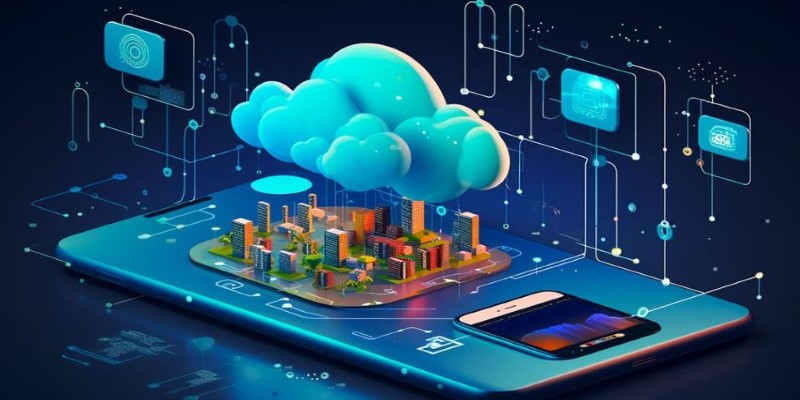
Another advantage is privacy. In traditional cloud-based AI, raw user data must be sent to external servers for processing. With Edge AI, sensitive data like voice commands, facial recognition patterns, or medical readings can be analyzed and acted upon locally, reducing the risk of interception or misuse.
Edge AI is also energy efficient. Cloud computing requires continuous data transmission, which drains battery life on mobile devices. Local processing saves both energy and bandwidth. This is particularly valuable for wearable devices, where battery life is often limited.
Moreover, Edge AI enables devices to function even without internet connectivity. Smart home gadgets, security systems, or industrial sensors can operate reliably in remote areas or during network outages because they don’t rely on cloud access for their core functionalities.
Industries are rapidly adopting Edge AI for this exact reason. In agriculture, smart sensors analyze soil conditions on-site without waiting for a network signal. In healthcare, portable diagnostic tools equipped with Edge AI provide real-time results without needing to upload patient data externally. Even retail stores use Edge AI-powered cameras for real-time foot traffic analysis without sending sensitive customer data to the cloud.
While Edge AI offers several compelling benefits, it's not without challenges. The biggest hurdle is hardware limitations. Edge devices typically have less processing power, memory, and energy resources compared to centralized servers. Designing efficient AI models that can run within these constraints is an ongoing task for developers.

Security also remains a concern. While Edge AI enhances privacy by keeping data local, it can also create new vulnerabilities. If devices are not properly secured, attackers could potentially access sensitive AI models or interfere with local data processing.
Additionally, there is the issue of model updates. AI models need to be retrained or updated to stay effective. In the cloud, updating a model is straightforward. However, for Edge AI, updating millions of distributed devices requires a secure and efficient method to push new versions without compromising functionality or security.
Looking ahead, Edge AI has immense potential to reshape industries further. The rollout of 5G technology is expected to complement Edge AI by providing faster connectivity when needed while still allowing devices to function independently. Furthermore, advances in semiconductor technology are producing smaller, more powerful chips capable of handling increasingly complex AI tasks on the edge.
Self-driving cars are perhaps the most visible example of Edge AI in action. These vehicles need to make split-second decisions about braking, steering, and obstacle avoidance — all without waiting for instructions from a remote server. As the technology improves, we can expect Edge AI to expand into areas like personalized healthcare, advanced robotics, smart cities, and more.
Consumer devices will also become smarter and more personalized. Thanks to Edge AI, imagine earbuds that adjust audio settings automatically based on your environment or smartphones that manage power consumption dynamically based on how you use your device throughout the day.
Edge AI is reshaping technology by bringing smart processing directly to local devices. It enhances speed, privacy, and efficiency while reducing dependence on cloud servers. From smart homes to healthcare and autonomous vehicles, Edge AI is quietly powering a more responsive and secure digital world. As devices continue to evolve, Edge AI will become an essential part of daily life, working in the background to deliver faster, smarter, and more personalized experiences without compromising user privacy or performance.

AI for Accessibility is transforming daily life by Assisting People with Disabilities through smart tools, voice assistants, and innovative solutions that promote independence and inclusion
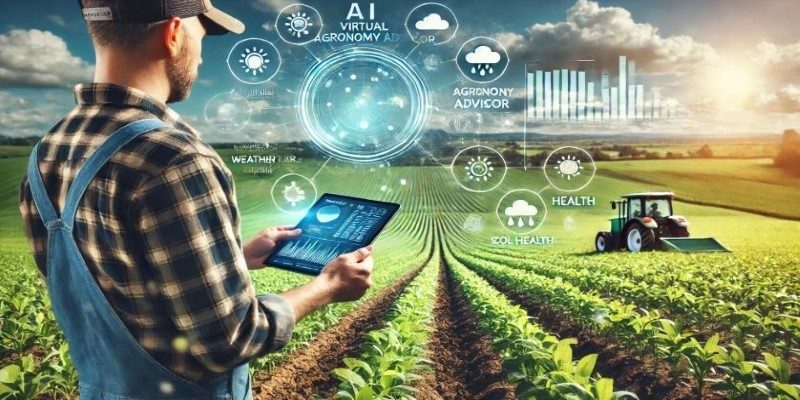
AI in Agriculture is revolutionizing farming with advanced crop monitoring and yield prediction tools, helping farmers improve productivity and sustainability
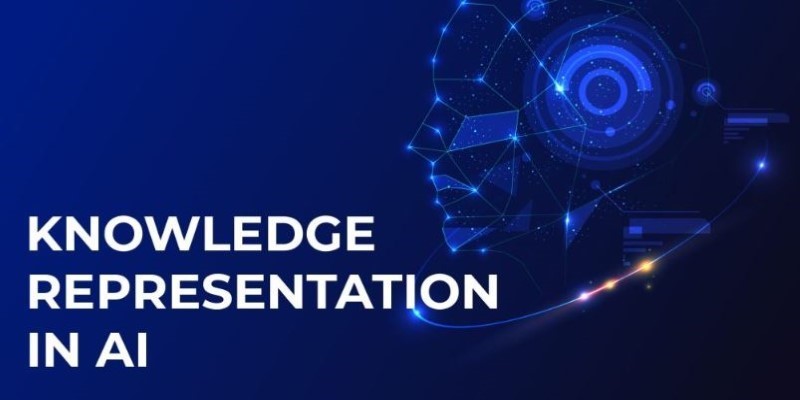
Knowledge representation in AI helps machines reason and act intelligently by organizing information in structured formats. Understand how it works in real-world systems
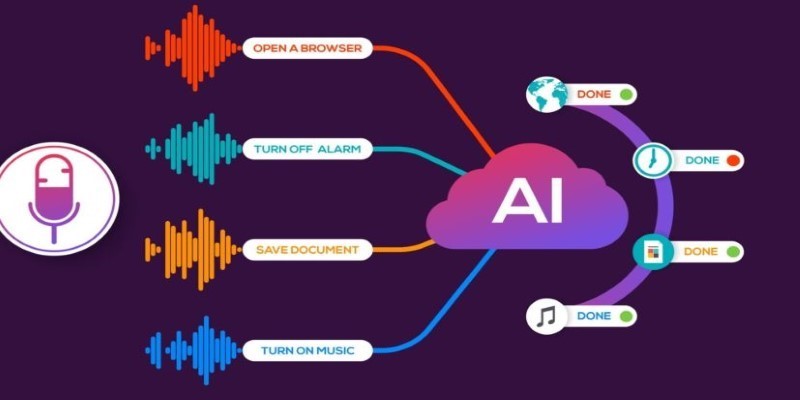
Speech recognition uses artificial intelligence to convert spoken words into digital meaning. This guide explains how speech recognition works and how AI interprets human speech with accuracy
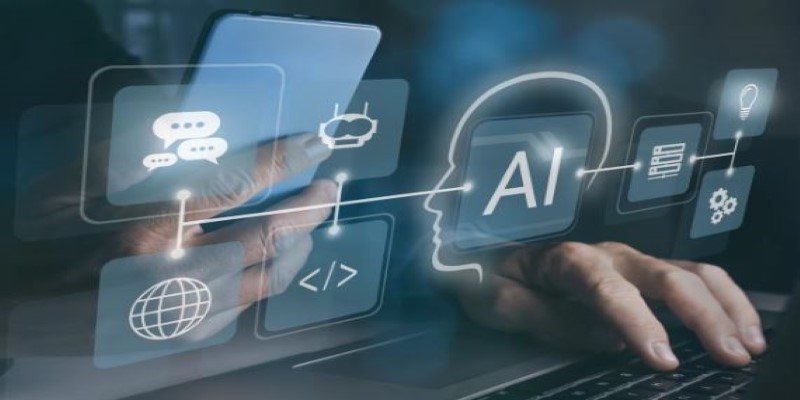
A recent study reveals OpenAI’s new model producing responses rated as more human than humans. Learn how it challenges our ideas about communication and authenticity

How AWS Braket makes quantum computing accessible through the cloud. This detailed guide explains how the platform works, its benefits, and how it helps users experiment with real quantum hardware and simulators

Natural Language Processing Succinctly and Deep Learning for NLP and Speech Recognition are the best books to master NLP
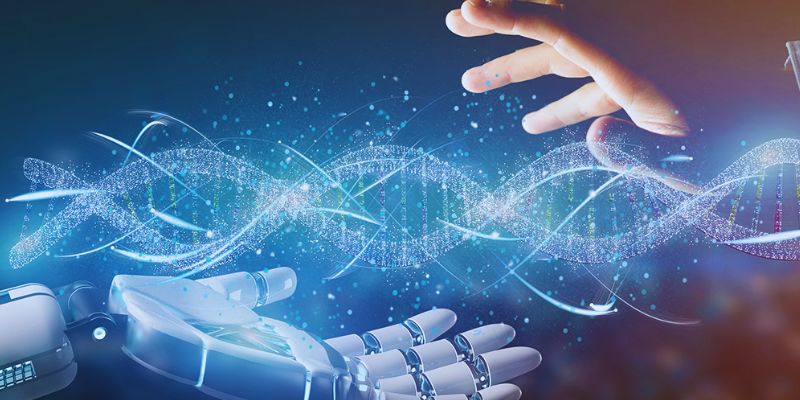
Can artificial intelligence make us safer? Discover how AI improves security, detects threats, and supports emergency response

Fastai provides strong tools, simple programming, and an interesting community to empower everyone to access deep learning

Uncover how The Turing Test shaped our understanding of artificial intelligence and why modern AI evaluation methods now demand deeper, task-driven insights

Know how to produce synthetic data for deep learning, conserve resources, and improve model accuracy by applying many methods

How leveraging AI into your business can help save time, reduce repetitive tasks, and boost productivity with simple, smart strategies